当前位置:网站首页>Database knowledge: SQLServer creates non-sa user notes
Database knowledge: SQLServer creates non-sa user notes
2022-08-04 07:02:00 【IT technology sharing community】

Database security is a very important part of database operation and maintenance. Today, I will share with you how to create a non-sa user in SQL Server and set the access rights corresponding to the database. I hope it can be helpful to you.!
1. Create a login
1.1. Create a login Security→Login→New login (right mouse button)
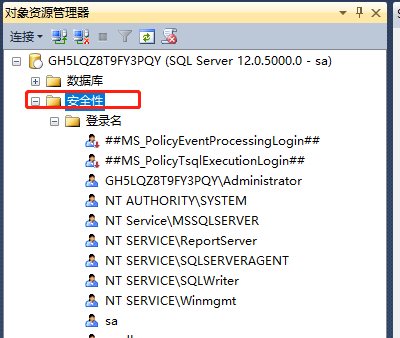
2.2. Create a database and log in to mydb with a password of 123456.
Note: Tick off Enforce password expiration policy (F)
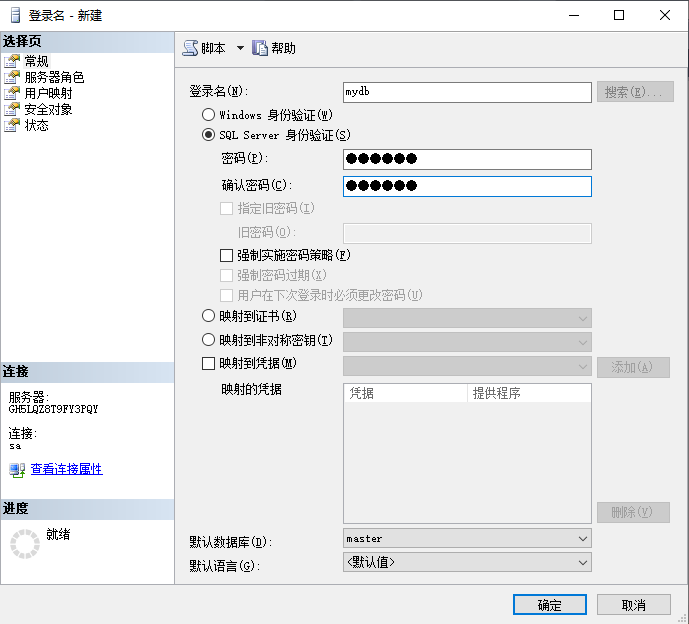
3. New database user
3.1 Test Database→Security→Users→New User (right mouse button)
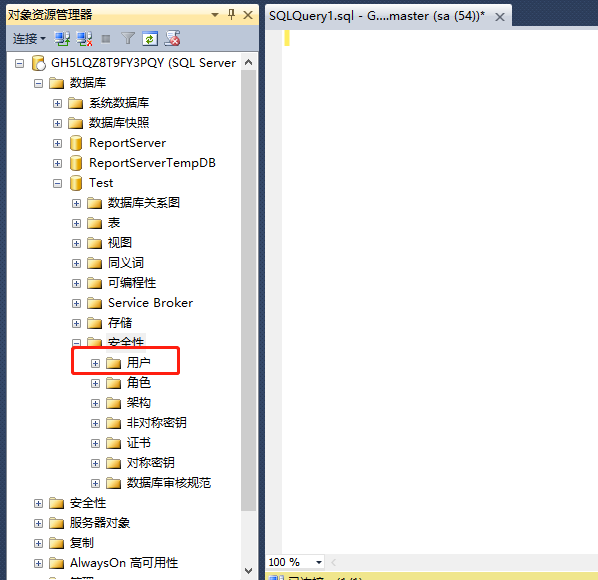
3.2 New User Dialog
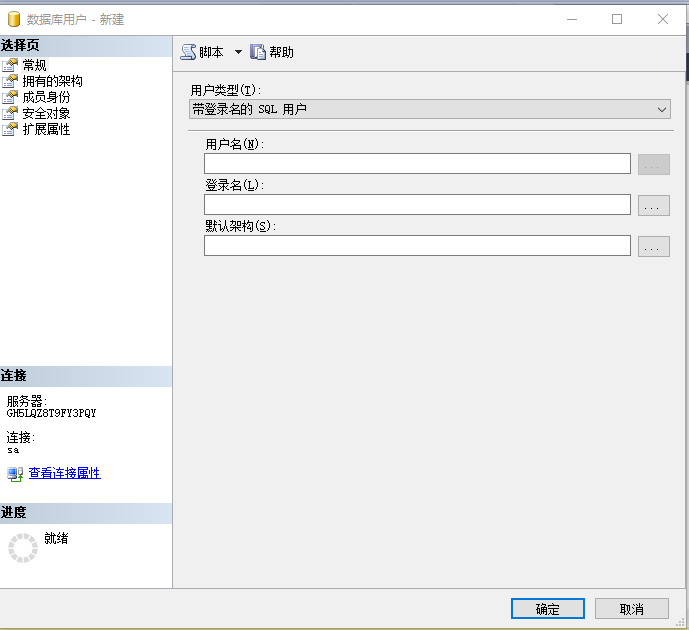
For example, the user name is mydb, the login name is mydb, and selecting the login name is actually selecting the previous step to create a login name
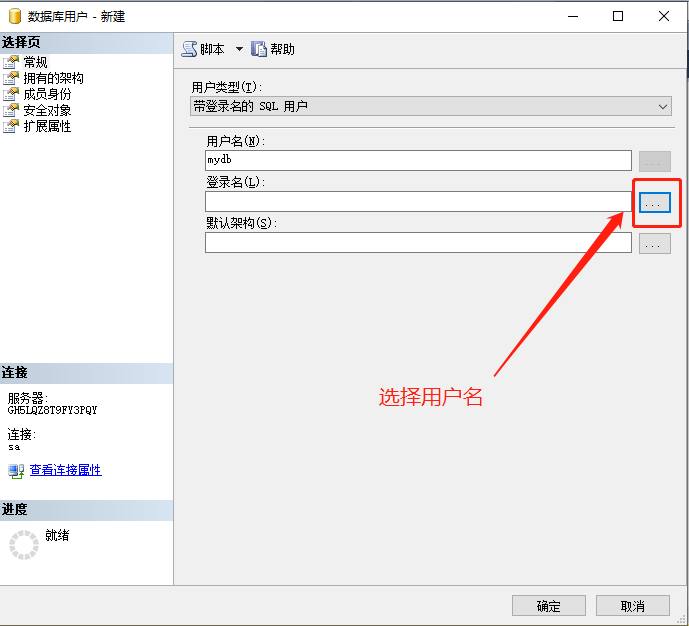
Click the browse button, find mydb, and click the OK button.
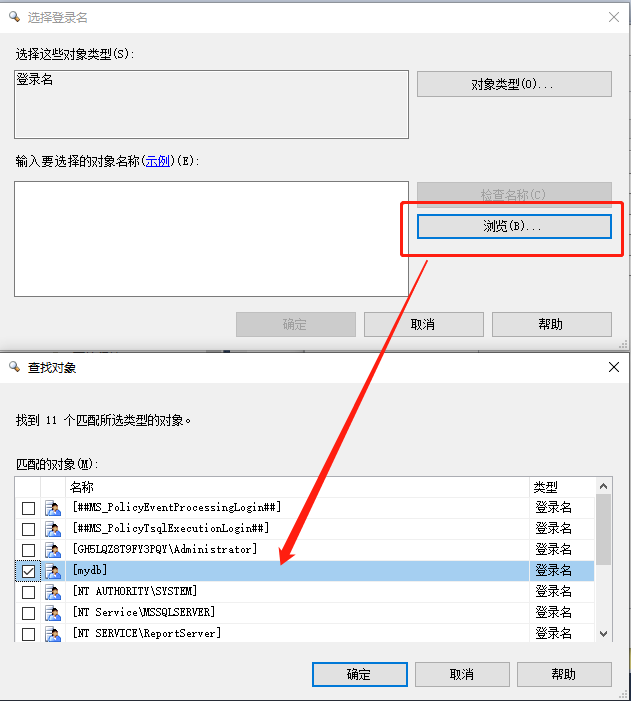
Click the OK button
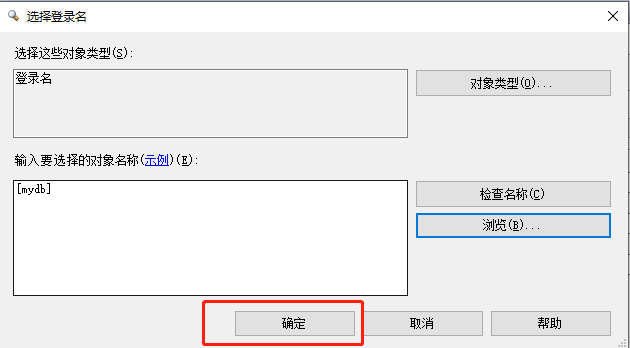
4. Configure permissions to create users
Then switch the sa account to log in, and set the permissions of the mydb login name. Generally, users of self-built databases only need database query and write operations. The specific selection is as shown below.
Note: If you check db_owner, you will have the ability to create and delete tables, stored procedures, views, functions, and even delete databases. You can also set permissions for other users. It is not recommended to check forcustom user.
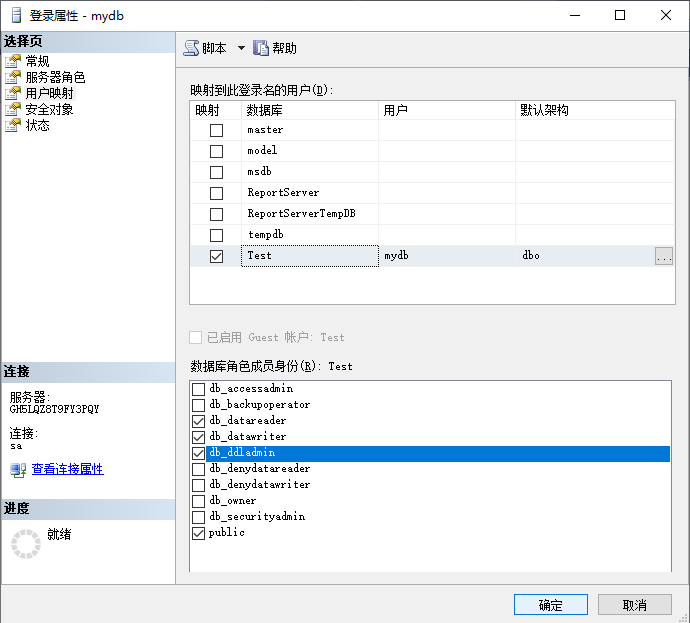
The user mapping page can adjust the non-system built-in databases that the current user can access or own, and can set the user's permissions separately.
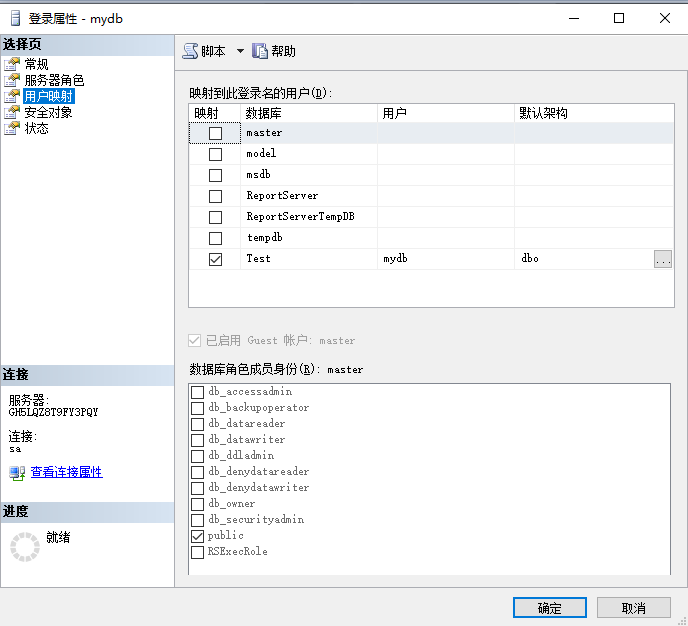
5. Introduction to SQLServer fixed database roles
db_owner: Users in this role can perform any operation in the database.
db_accessadmin: Members of this role can add or delete users from the database.
db_backupopperator: Members of this role allow database backups.
db_datareader: Members of this role are allowed to read any data from any table.
db_datawriter: Members of this role are allowed to write data to any table.
db_ddladmin: Members of this role are allowed to add, modify or delete any object in the database (that is, execute any DDL statement).
db_denydatareader: Members of this role are denied viewing any data in the database, but they can still view it through stored procedures.
db_denydatawriter::: Like the db_denydatareader role, members of this role are denied modifying any data in the database, but they can still modify it through stored procedures.
db_securityadmin: Members of this role can change permissions and roles in the database.
public: In SQL Server 2008 every database user belongs to the public database role.When a user has not been granted or denied specific permissions on a securable object, the user will purportedly grant permissions to the securable object's public role, a database role that cannot be deleted.
边栏推荐
猜你喜欢

电脑知识:台式电脑应该选择品牌和组装,值得收藏
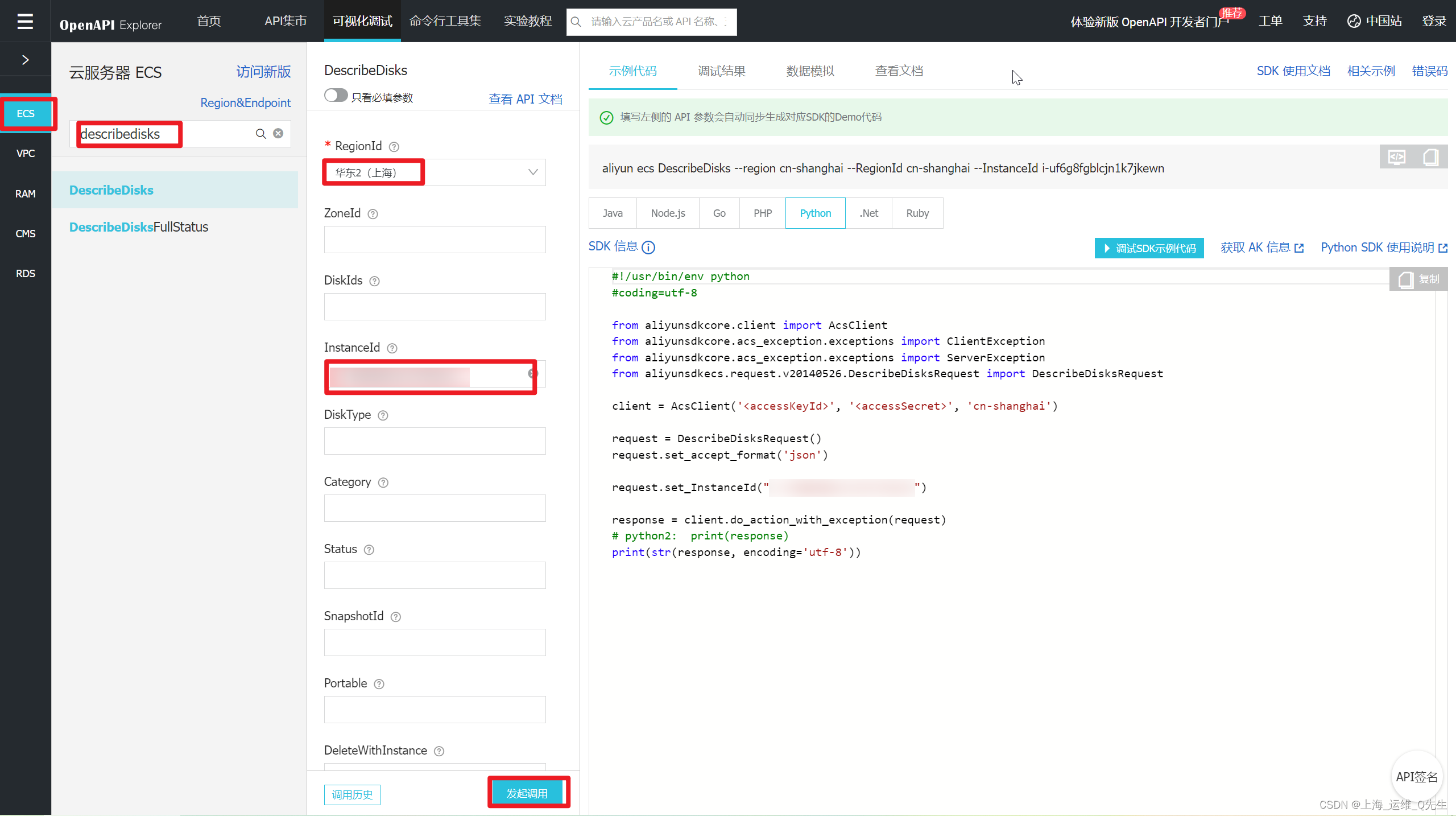
CMDB 阿里云部分实现
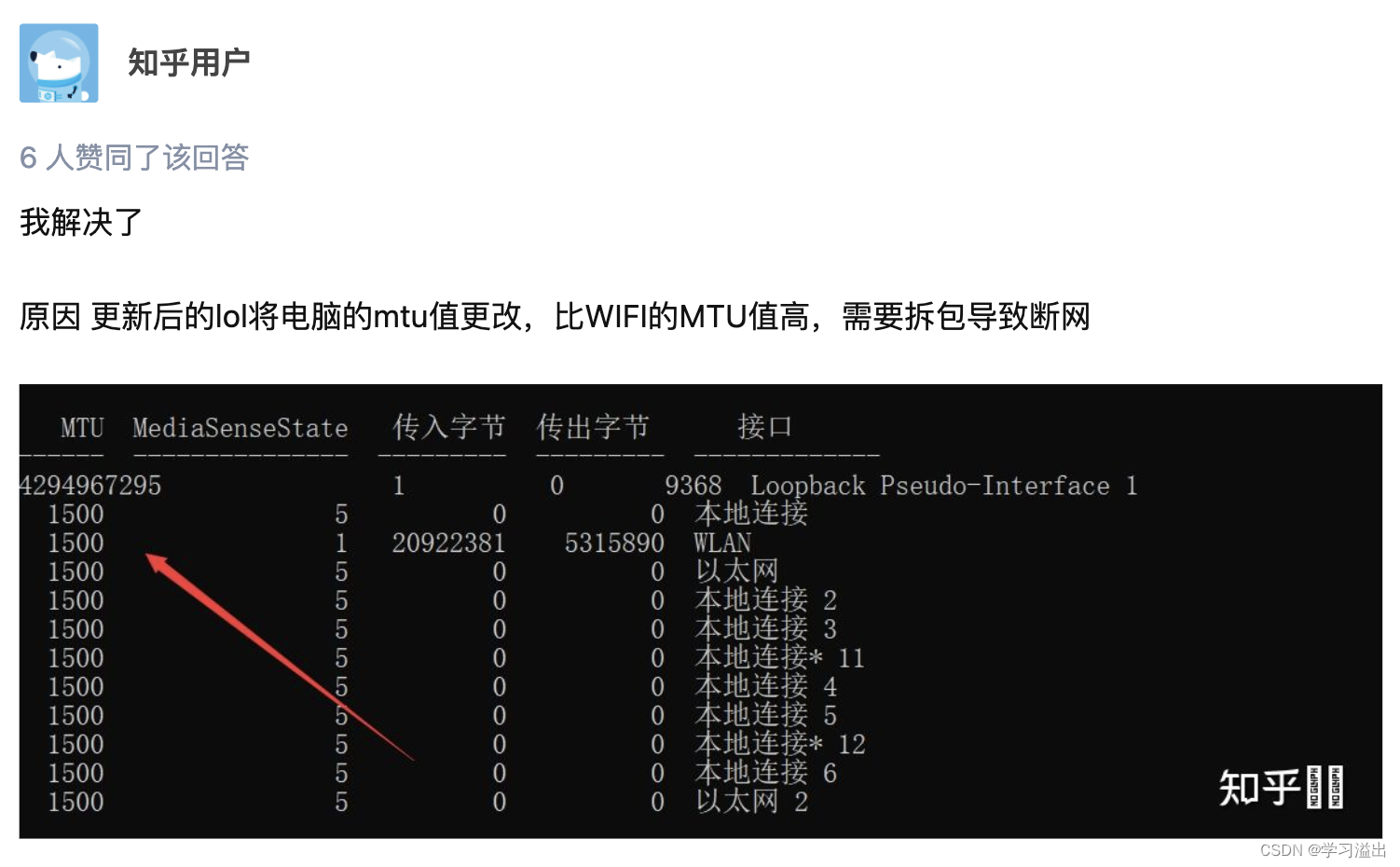
华硕飞行堡垒系列无线网经常显示“无法连接网络” || 一打开游戏就断网

树莓派 4 B 拨动开关控制风扇 Rasberry Pi 4 B Add Toggle Switch for the Fan
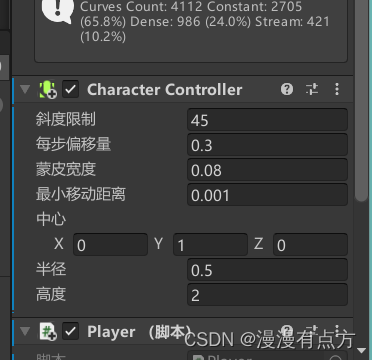
Unity Day03
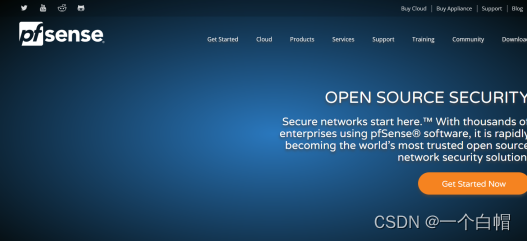
Pfsense漏洞复现(CVE-2021-41282)
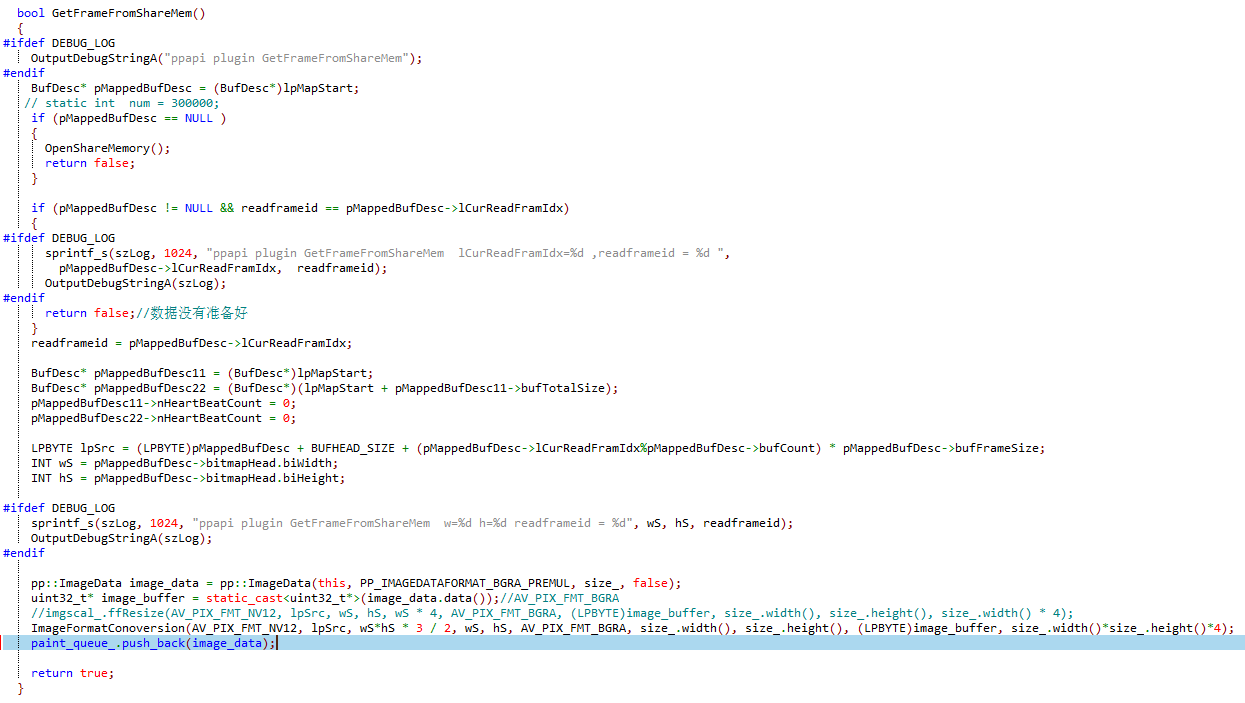
用PPAPI插件技术在Web上显示会议视频、桌面、PPT等
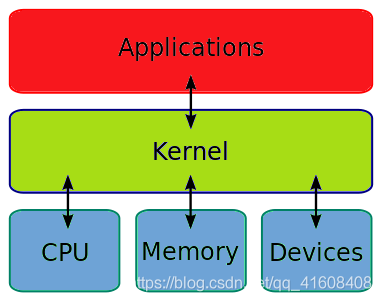
Operating System Kernel
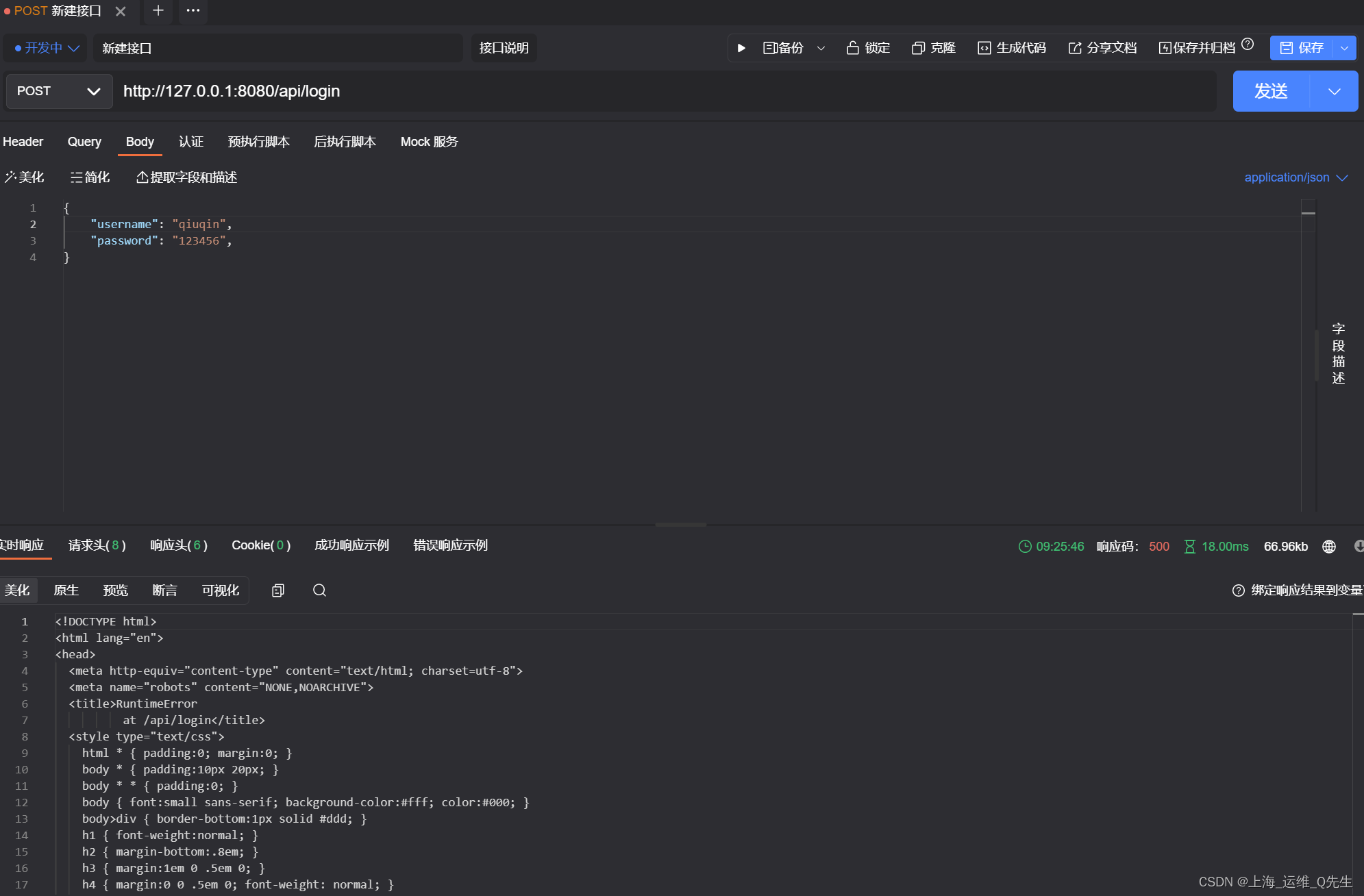
RuntimeError: You called this URL via POST, but the URL doesn‘t end in a slash and you have APPEND_S

网络技巧:教你给路由器装上电池,断电照样可以上网!
随机推荐
SegNet——论文笔记
无一技之长学什么可以做到月入上万?
JUC锁框架——初识AQS
基于时序模式注意力机制(TPA)的长短时记忆(LSTM)网络TPA-LSTM的多变量输入风电功率预测
网络安全学习的三大不可取之处
软件:给大家推荐一款国产非常好用的效率软件uTools
golang 坐标格式 转换 GCJ02ToWGS84
VMD结合ISSA优化LSSVM功率预测
罗斯50分
【音视频开发系列】fdk_aac 之 PCM 转 AAC
网络端口大全
网络安全行业是蓝景吗?
网络安全工程师们改不掉的“老毛病”
C#找系统文件夹路径
U-Net详解:为什么它适合做医学图像分割?(基于tf-Kersa复现代码)
对渗透测试工程师来说,学历重要嘛?
网络技巧:教你给路由器装上电池,断电照样可以上网!
学好网络安全看这篇文章让你少走弯路
狗都能看懂的Self-Attention讲解
【HIT-SC-LAB1】哈工大2022软件构造 实验1